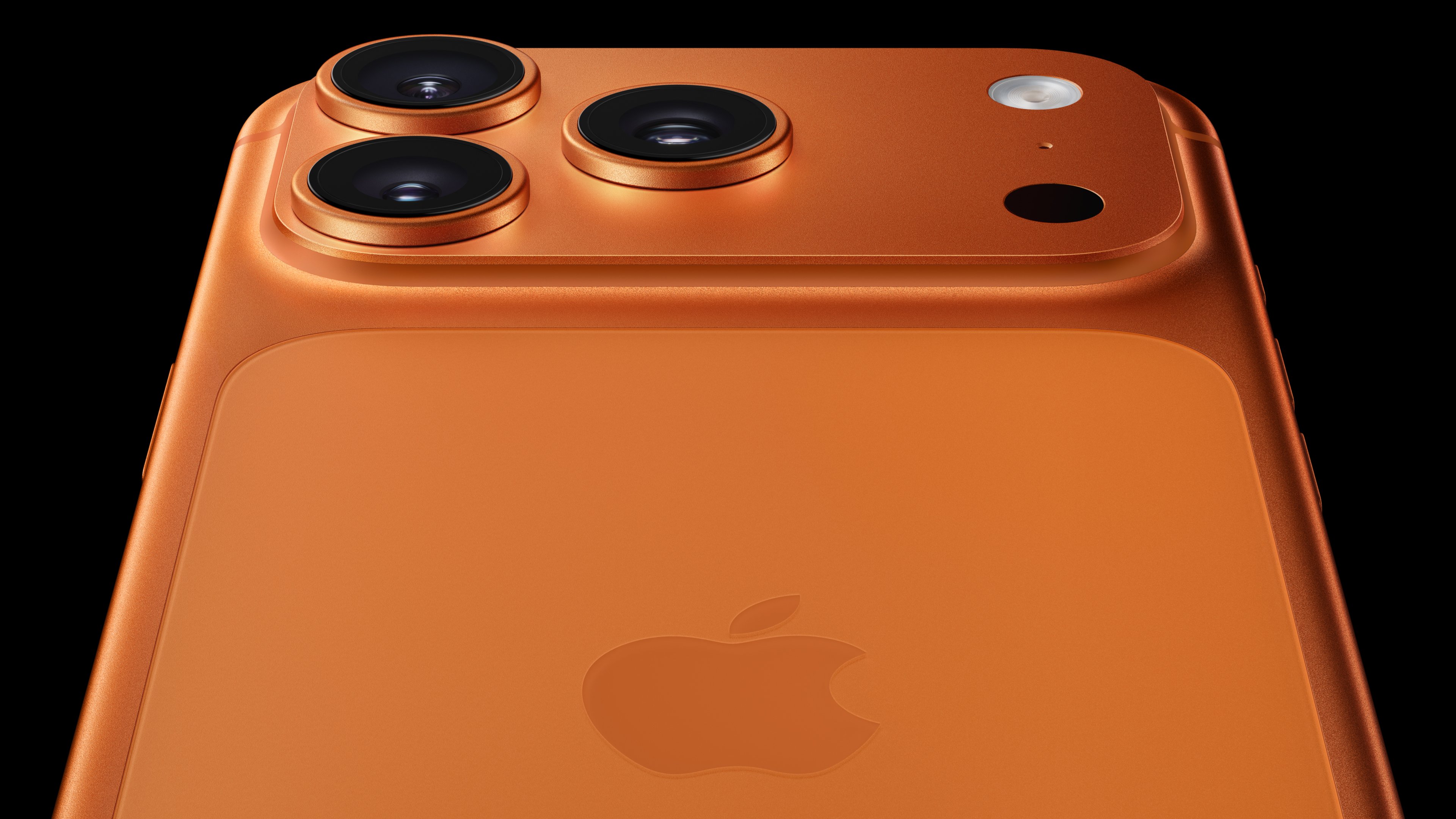On Mar. 25th, Apple (AAPL 0.34%) finally unveiled its long-anticipated streaming service. There are still plenty of things that we don't know -- including what the service will cost -- but we know more than enough to get a feeling of deja vu: Apple's streaming strategy looks a lot like Amazon's (AMZN +0.38%).
Like the e-commerce giant, Apple is banking on a combination of two things: a subscription video on demand (SVOD) streaming service of its own, and a "tax" on other services using its platforms and hardware. Will it work?

Image source: Getty Images
Apple's new streaming service
Apple has been a platform and subscription hub for some time -- the battles over the so-called "Apple tax" are already being fought, including in European legal filings. But the Apple TV+ SVOD streaming service, which has been rumored and reported on for some time now, is new.
Apple's SVOD service announcement was uncharacteristically light on details. Apple is known for announcing products and services and then shipping them immediately, but its SVOD streaming announcement included actors asking the audience to imagine shows that had not yet been completed. Still, we know enough to recognize Apple's new service is a Netflix-like (NFLX 0.11%) SVOD service. Apple TV+ will feature original content that streams on demand, just like Netflix and the rest of the SVOD gang, including Amazon Prime Video.
Apple, Amazon, and the platform-plus-SVOD model
Apple's new streaming service won't have an app all its own -- Apple says that it will come to the Apple TV app. Apple fans will be able to fire up their Apple TV devices, open the Apple TV app, and look at content from Apple TV+. As it exists now, Apple's TV app aggregates content from other providers; eventually, Apple will be offering an app that blends Apple's own SVOD content with other things to watch from providers like Showtime.
In other words, Apple's strategy involves both direct-to-consumer streaming and various forms of its infamous "Apple tax". Apple is able to do this because of the popularity of its hardware and platforms.
All of this sounds an awful lot like how Amazon is positioned in the same market. Amazon has an SVOD service, too, and it also makes money by acting as a hub for other services that want to get in on its platform. Amazon even rolls add-on subscriptions called Amazon Channels into the Amazon Video app, so that its own SVOD content and the add-ons are available through the same user interface. The Apple TV app will soon work the same way.
But there are a couple of things that make Amazon's setup look a little better than Apple's right now. For one thing, Amazon already has its streaming audience. It grew its Amazon Prime Video audience by rolling its SVOD streaming service into its popular Prime subscription service, which also includes other perks such as free two-day shipping on many of the items for sale on Amazon's store. Unlike Amazon, Apple is starting more or less from scratch -- albeit with an enormous budget, reportedly $1 billion. And Amazon has a long head start that has seen it win major awards for its original streaming content, including Oscars.
On top of that, the platforms Amazon manages feel more native to the streaming space. Apple's infamous Apple tax relies heavily on its market share in the mobile market. When it comes to devices that allow streaming on television screens, however, Amazon's Fire TV platform is much more powerful. Roku leads the pack in market share, while Apple lags behind. One 2018 analysis pegged Amazon's streaming box market share at 28%, compared to Apple's 15%.
How well will this work for Apple?
Apple's platform taxes and subscription hub model are still working well, but it makes sense that the company would want to have its own SVOD service to compete with Amazon and Netflix, especially as those companies strive to make it harder for Apple to tax their success. The hub model is alive and well, but what's less clear is how well Apple will do with this new streaming service.
The company hasn't said how much its streaming service will cost, but it's hard to see how streaming consumers could possibly support all of the new "Netflix killers" that are due to arrive on the market this year. That Apple's announcement felt early may be a sign of the pressure the company feels as the launch of Disney+ and other major competitors loom.
Apple's SVOD service helps patch a hole in its offerings, but it's easy to imagine it having a hard time edging out more established competitors (and newcomers with established content, like Disney+) with brand-new shows that Apple has yet to show much footage from. Meanwhile, Apple is trying to create an Amazon-like subscription-hub-plus-SVOD-offering without having Amazon's strong presence in the streaming device market. The strategy is a proven one, but Apple's efforts to implement it will run into plenty of obstacles.






